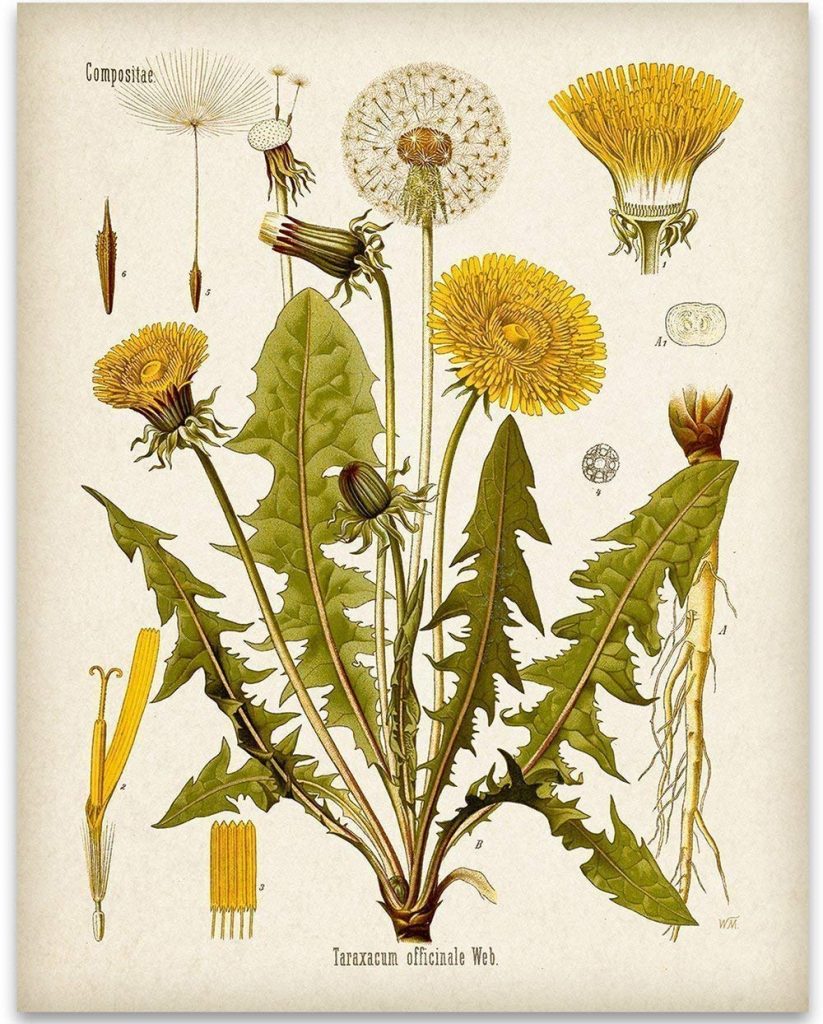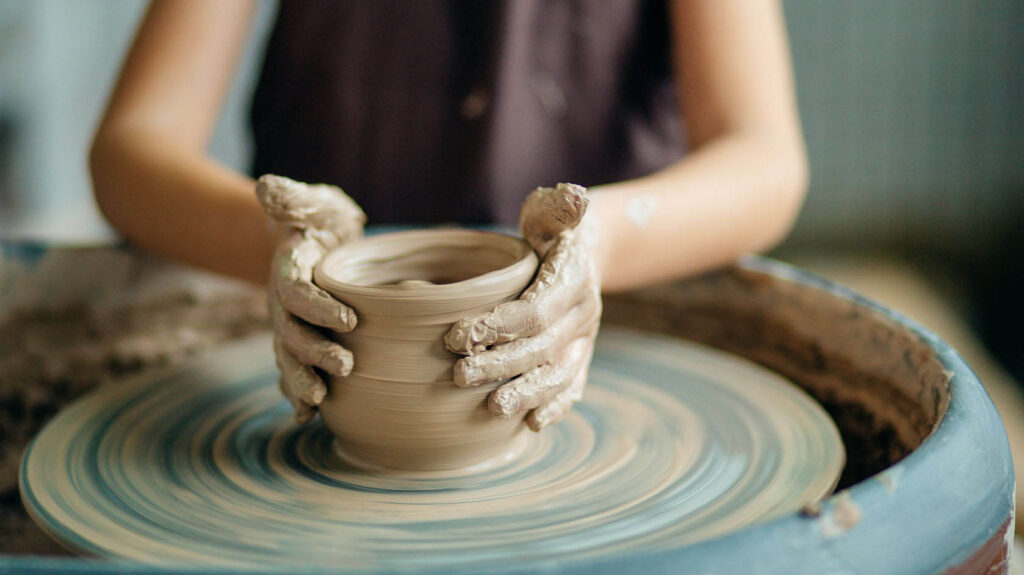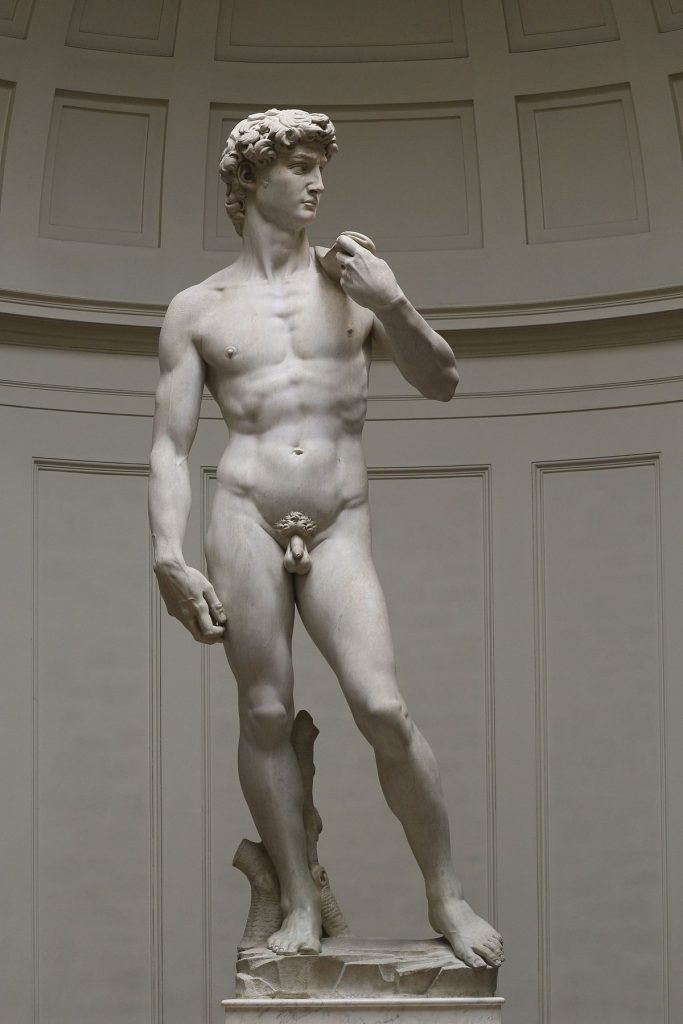How to Paint a Portrait

You can paint a portrait. It is quite simple. You do not need any special skills. Although it would be easiest to paint with at least one hand, it is not necessary. There are painters who use a foot or a mouth. What you will need is desire and inspiration. The rest is a three-step process, so let’s get started!
1) Select your medium
As with any type of painting, you will need paint. There are many types of paint to choose from: oil. Acrylic, watercolor, tempera, aerosol spray, and finger are some examples. If you have no paint, that is okay. Colored liquids in various viscosities can be found all over your home or office: toothpaste, transmission fluid, pudding, gravy, fingernail polish. Be creative! You can combine ingredients to get the colors you want.
After you’ve acquired your paint, now you need something to paint on. Canvas is great, but it is rather expensive. Poster board, slate shingles, and plaster board are all very good to paint on. If you are painting wit toothpaste, you might as well paint right on the bathroom mirror. Just remember one thing: if you are going to paint on community property, ask permission.
2) Select your tools
There are many types of brushes available to artists: filberts, fans, rounds, flats. They come in many shapes and sizes. The bristles are either made of synthetic materials or animal hair. Some animals that have generously donated their precious hair to the noble cause of art include mink, camel, horse, and badger. Some artists in Java use the hair of the nearly-extinct wooly rhinoceros for brushes. These artists greatly cherish these exotic brushes and protect them ferociously. You should love your brushes, too. Take care of them and keep them clean. Animal hair brushes are expensive. You may want to try to make your own. If you have a dog, cat, or pet ferret, you can make very good brushes. Just snip one to three inches of fur, glue it to any old stick, and use a cut-up pot pie tin for a ferrule. It is that simple!
You don’t need brushes to paint. You can use rollers, feathers, turkey basters, and most power or hand tools from the garage. You can use your fingers. Some artists paint by poking their fingertips with a lance and paint with their own blood. This is not suggested, because your palette would be extremely limited.
3) Choose your subject
Sometimes the hardest thing for an artist is not how to paint, but what to paint. You should paint someone you like. It can be a friend, relative, or acquaintance. You can have your subject pose in person, or you can paint from a photograph. Maybe you could paint the portrait of a famous person: rock star, actress, athlete, war hero, living or dead, man or woman. It is up to you, so choose wisely.
You can paint your subjects realistically or abstractly. You can flatter them with portraits or you can dignify them. If your subject is posing in person, allow time for breaks.
Now that you know how to paint a portrait, go get started. It’s fun, easy, and relaxing. Painting portraits is good art. All you need is Inspiration!
Thank you for reading this article! If you have any further questions about this topic please contact us.









